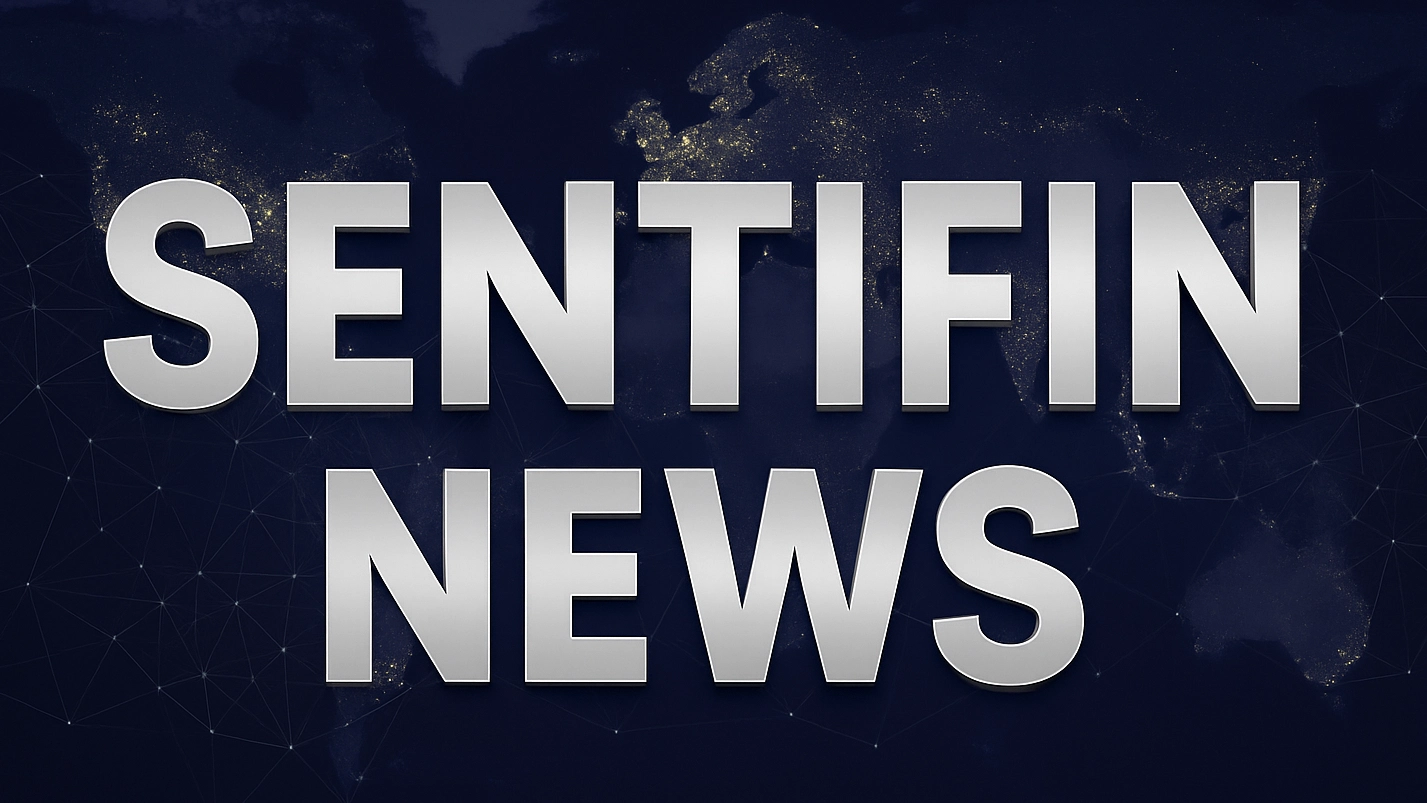Visa Launches Stablecoin Payouts For The Gig Economy As Traders Eye $343

News Summary
Visa (NYSE:V) has launched a new pilot program enabling creators, freelancers, and gig workers to receive instant USDC stablecoin payouts via Visa Direct. Unveiled at Web Summit, this initiative expands Visa Direct's reach to wallets holding USD-backed stablecoins like USDC. The pilot allows businesses using Visa Direct to fund payouts in fiat currency, while recipients can opt to receive stablecoins, marking a significant step toward real-time global payments and addressing delays faced by independent workers. Chris Newkirk, Visa's President of Commercial & Money Movement Solutions, highlighted that faster fund access benefits businesses and freelancers worldwide, especially in underbanked markets. Visa's 2025 Creator Economy Report indicates that 57% of creators prioritize instant fund access. This new program builds on Visa's broader stablecoin strategy, following a September pre-funding pilot that allowed businesses to manage cross-border payout liquidity using stablecoins. All transactions will be recorded on-chain for transparency. A broader rollout is planned for H2 2026, contingent on regulatory approvals and client demand. Concurrently, Visa's stock is trading near $338.20, consolidating within a $327 to $356 range, with $343.15 identified as a key resistance level by technical analysis.
Background
Visa, as a leading global digital payments company, has historically been central to the traditional financial ecosystem. In recent years, the digital payments landscape has been transforming with the rise of blockchain technology and cryptocurrencies, particularly stablecoins. Stablecoins, especially USD-pegged ones like USDC, are viewed as a potential solution for cross-border and emerging market payments due to their price stability, transaction speed, and lower costs. Prior to 2025, Visa had already been exploring and integrating blockchain technology, including previous pre-funding pilots, to address the growing demands of the digital economy, especially the gig and creator economies' need for instant and efficient payouts.
In-Depth AI Insights
What are the broader strategic implications for Visa's core business model and traditional banking partners by embracing stablecoins? - Visa's launch of stablecoin payouts via Visa Direct suggests a subtle evolution of its core business model, moving from a purely fiat payment network towards a mixed fiat-digital asset compatible payment infrastructure. This doesn't directly replace banks but positions them as crucial on/off-ramps for stablecoins or as custodians of stablecoin funds. - Traditional banks face the challenge that if they fail to adapt quickly and offer stablecoin-related services, they risk being marginalized in the value chain, especially in cross-border and micro-payments. Banks collaborating with Visa to provide efficient fiat-to-stablecoin conversion will maintain a vital role in the digital asset ecosystem. - Strategically, Visa's move aims to secure its dominant position in the future payment landscape, even as it becomes increasingly driven by blockchain and digital assets. By integrating rather than resisting emerging technologies, Visa preserves its role as the 'pipe' connecting various payment methods. How might regulatory developments, particularly under the Trump administration in 2025, influence the pace and scale of Visa's stablecoin initiatives? - Given the Trump administration's likely pragmatic and innovation-oriented stance on cryptocurrencies, rather than outright suppression, Visa's stablecoin strategy might encounter a relatively favorable regulatory environment. Nonetheless, the administration will likely emphasize consumer protection, Anti-Money Laundering (AML), and Combating the Financing of Terrorism (CFT) requirements, potentially leading to increased implementation costs. - Regulatory bodies (e.g., Treasury, Federal Reserve) may accelerate the development of a federal framework for stablecoins in 2025, especially in the context of national security and the dollar's international standing. A clear, pro-innovation framework would provide certainty for Visa's expansion; conversely, an overly stringent or fragmented approach could slow its domestic rollout. - Furthermore, as an 'America First' administration, the Trump government may be more inclined to support stablecoin infrastructure spearheaded by U.S. entities like Visa and USDC issuer Circle, viewing it as a tool to maintain dollar global hegemony and technological leadership. Beyond the gig economy, what other sectors or payment flows could this stablecoin integration disrupt or capture for Visa? - Cross-border B2B Payments: The speed and cost-effectiveness of stablecoins make them ideal for small and medium-sized businesses to pay international suppliers, bypassing traditional banking SWIFT systems and reducing intermediaries and fees. This could open up a new corporate client base for Visa. - International Remittances: For individuals and families who rely on traditional, often expensive, remittance services, stablecoins offer a faster and more economical alternative. Visa can leverage its global network to allow recipients to receive stablecoins directly via Visa cards or linked wallets. - Digital Goods and Services Payments: As the metaverse and Web3 economies expand, transactions for digital content and virtual goods will surge. Stablecoin payments can provide a seamless, low-friction transaction experience, positioning Visa to capture a significant share in this evolving domain. This extends its reach from traditional retail payments into emerging digital economy payments.